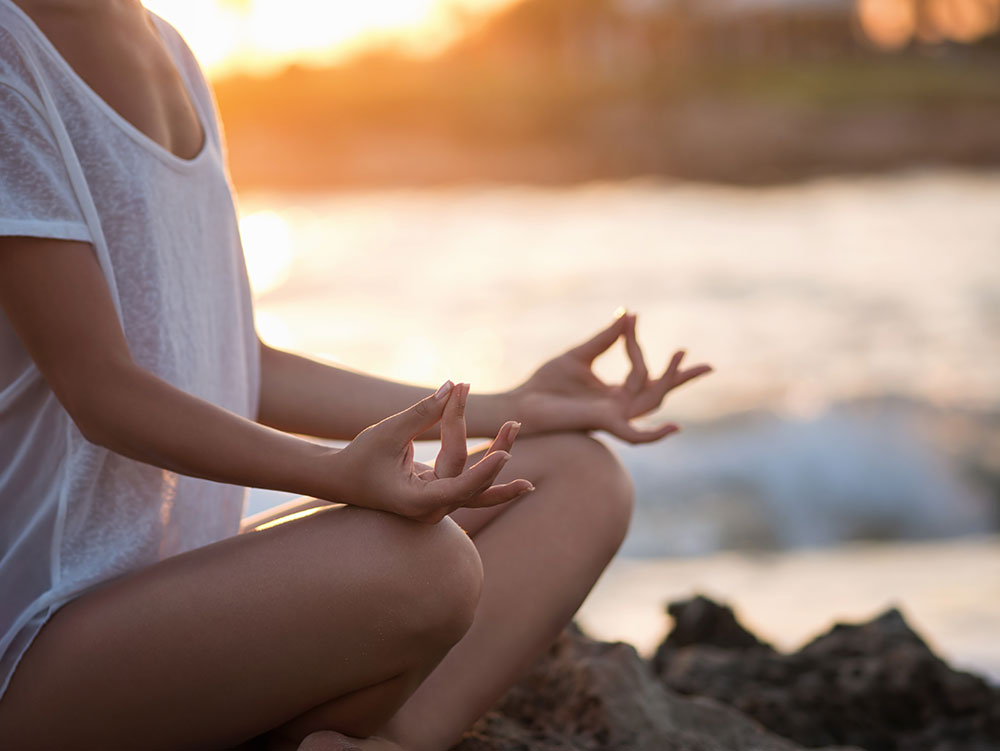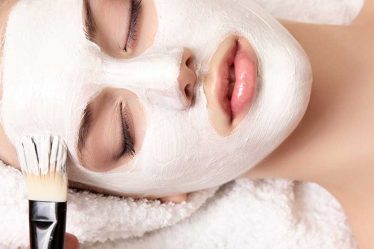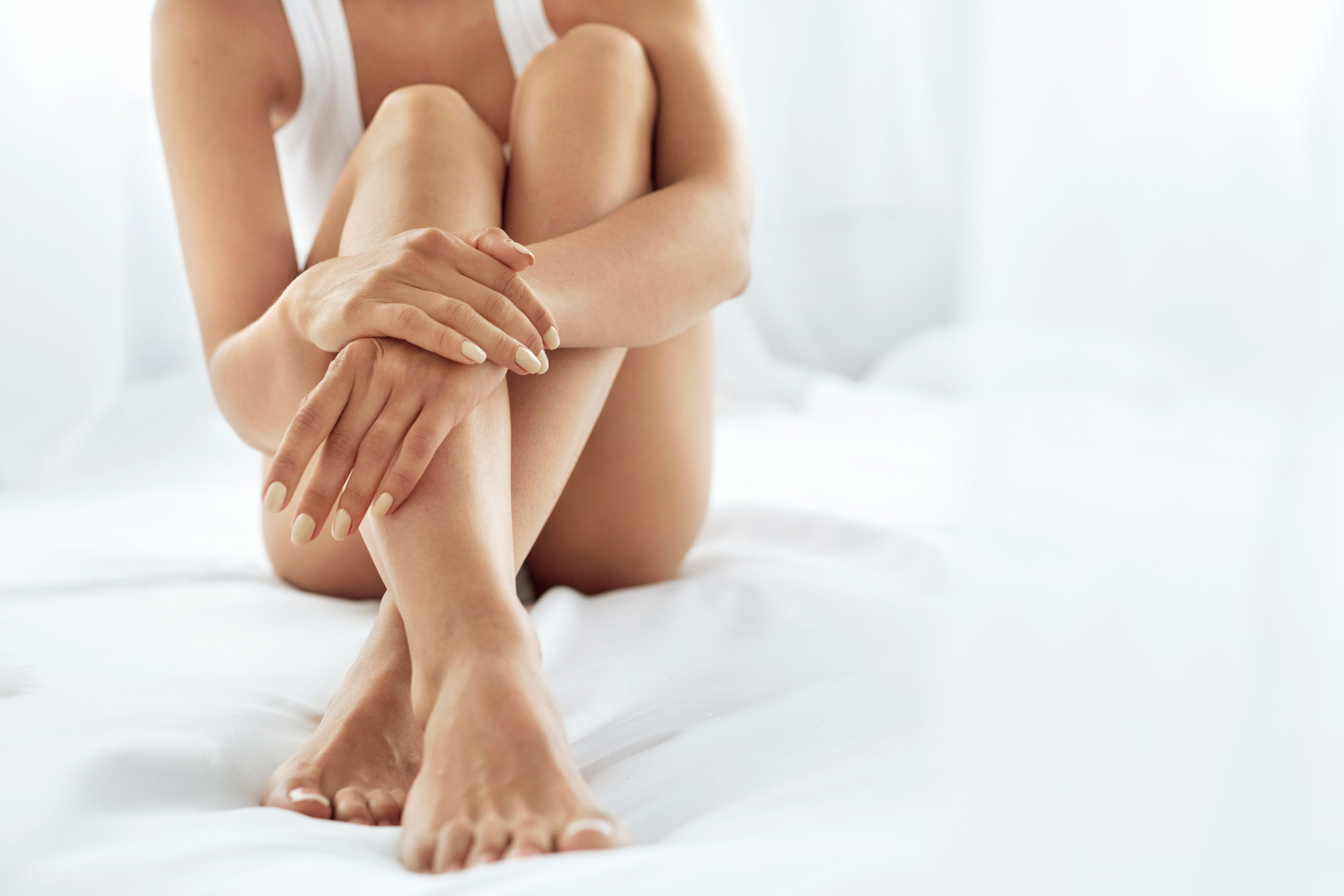

Meditation is a fast and simple way to reduce – and effectively, combat – stress. When you meditate and practice relaxation techniques, you activate your body’s natural relaxation response. Deep breathing, rhythmic exercise, meditation, and yoga are just some of the activities that you should try to include in your everyday life to recharge your body, bring inner peace, and revitalise your mood.
Anyone can try meditation, whether it’s from the comfort of their home or during the morning commute. It’s a simple exercise that doesn’t require any special equipment.
What is meditation?
Meditation has been practiced for thousands of years, with the original purpose of connecting with the sacred and mystical forces of life. These days, meditation is mostly practiced to clear our minds from our busy lifestyles in order to create quiet, peaceful, and focused energy that aids with stress relief.
Focusing your attention and eliminating all the thoughts that come to mind and cause distraction and stress enhances your physical and emotional wellness. Findings from researchers at Johns Hopkins University published in JAMA Internal Medicine suggest that meditation can in fact help with anxiety, depression, and pain.
Benefits of meditation
Meditation gives you a sense of calm and inner peace that’s beneficial both to health and overall wellbeing. It also allows you to enjoy better days from start to finish, so you experience greater wellbeing beyond the time spent in session. You can experience both physical and emotional benefits from meditation.
Although it cannot be conclusively established, there are a number of health conditions that scientists believe may be assisted through the practice of meditation.
Emotional benefits
- Helps build skills to manage stress and stressful situations in everyday life
- Gives you a new approach to dealing with problems
- Reduces negativity
- Focuses on positive emotions and self-awareness
- Improved self-image
- Provides a better understanding on how to process your emotions
Health benefits
Meditation may aid with:
- Anxiety disorders
- Asthma
- Depression and sleep problems
- Psoriasis
- Cancer and heart disease
- High blood pressure and pain
Physically, it also helps with:
- Improving cognitive functions, and
- Achieving a fitter, leaner and healthier body shape and weight loss (yoga meditation).
How does meditation reduce stress?
Stress reduction is a key benefit that can be gained by practicing meditation.
When your body is filled with stress, it produces chemicals that prepare you for a ‘fight or flight’ response, especially in emergency situations when you need to act quickly. But if you experience stress constantly in everyday life situations, it can wear your body down and make you feel irritated and exhausted; worsening any preexisting health issues.
To avoid all this, it is important to remind our bodies of the opposite reaction to stress: deep relaxation. How do we achieve this? By producing the relaxation response.
Relaxation response
The relaxation response stops stress from becoming overwhelming, and brings peace and equilibrium to your mind and body by:
- Decreasing your heart rate
- Producing slower and deeper breaths
- Dropping and stabilising blood pressure
- Relaxing the muscles
- Healing your body
- Increasing energy and focus
- Boosting productivity
To obtain the relaxation response, simply set aside 10, 20, or 30 minutes per day – or even up to an hour – to focus exclusively on relaxing. There are various techniques to achieve this, including some you can do at work on your lunch break, or while you exercise. The key is to incorporate it into your daily routine.
Different meditation techniques
Meditation reduces stress when the relaxation response is elicited. There are a variety of different types of meditation that can be used to activate this response.
-
Visualisation or guided meditation
Often called imagery or visualisation, this type of meditation consists of forming mental images of places or situation which are relaxing to you.
First, choose a setting that evokes calmness. It can be a beach, the countryside, a city skyline, or a favourite childhood spot. Now close your eyes and think about that place. How it feels, how it looks, how it seems, how it smells, how it tastes. Walk around it, explore it, see how the sun gives light and how the animals interact with nature. When you’ve experienced relaxation and are ready to come back to real life, just open your eyes.
-
Deep breathing meditation
The deep breathing technique can be practised anywhere, and it is a quick way to get your stress out of the system. All you need is a few spare minutes and a comfy place to stretch.
To get it right, you need to breathe from your abdomen, taking in as much air as you can, exhaling through your mouth while contracting your abdominals. The more air you get in, the more relaxed you will feel. You must be seated, with your back straight, and one hand on your stomach and the other one on your chest.
-
Mantra meditation
During this type of meditation, you repeat to yourself a word, thought or “motto”, as a way to keep focused. This can be anything you want, you can make it up or you can use existing mantras, such as Om. You can even search online for some positive affirmations as inspiration.
-
Mindfulness meditation
In this type of meditation, the key is to focus and accept your life as it is in the present. One way to do this is to concentrate on the flow of your breath. It is okay to be aware of your emotions, however the idea is not to judge them or linger, just let them flow.
To practise mindfulness, you’ll need a quiet and comfortable environment, in a good position, with a chosen point of focus or mantra, and a positive attitude. Clear your mind. Stop judging past decisions and focus on your present day and your breathing, while repeating the word, phrase, or motto chosen several times. If you don’t want to choose a motto, word, or phrase, you can simply count to 10 with each inhalation and exhalation, starting again each time you reach 10.
-
Body scan meditation
In body scan meditation, you put all your focus on the different sensations your body experiences.
To achieve this technique, you need to lie on your back, have your arms relaxed, and focus on your breathing, inhaling deeply for a while. Then start focusing on bodily sensations: your toes, your ankles, your legs, thighs, stomach, arms, hands, wrist, and then move to your face, your eyes, mouth, etc. Spend as much time as you can on every body part, to maximise focus and relaxation.
-
Qi gong
Qi gong (pronounced ‘chi gong’) is a mixture of meditation, relaxation, physical movement, and breathing exercises to restore balance. With roots in traditional Chinese medicine, it aims to channel and balance chi, or life force/energy. Qi gong is a holistic practice based on medicine, philosophy, and martial arts.
-
Tai chi
Tai chi is another soft Chinese form of martial arts. It involves the practice of slow and gentle postures or movements with simultaneous consciousness of the breath. Again, tai chi is designed to balance chi, or life force.
-
Transcendental meditation
Much like mantra meditation, transcendental meditation also involves the repetition of a word or phrase to yourself. However it does not require as much focus to enter a state of relaxation, achieved simply by repeating the phrase alone.
-
Yoga
Yoga is an ancient Indian practice that consists of performing different postures and breathing techniques to encourage a more flexible and fitter body. It is designed to be a meditation for both mind, body, and spirit.
Although meditation is so simple and effective, a lot of people are skeptical or afraid to give it a try. Going along to a class is a great way to learn how to practice different techniques.
Know someone who could benefit from meditation?
Surprise them with a Spa and Wellness Gift Card and they can choose a meditation experience near them to enjoy.
Laurie Iacuone
Latest posts by Laurie Iacuone (see all)
- 7 Positive Habits From Being Mindful (And What You Can Do To Cultivate Them) - May 4, 2017
- 6 Relaxation Playlists on Spotify - May 3, 2017
- What to Buy a Mum for Her First Mother’s Day - April 26, 2017


